Building the future
Pioneer Street Rail Overpass
The Project
The Downtown Waterfront Integration Plan for Ridgefield, WA outlines strategies for creating a vibrant and connected downtown area, enhancing public access, and promoting economic development while preserving the natural environment.
The Solution
The Pioneer Street Rail Overpass utilized 8′ diameter drilled shafts as deep foundation elements to provide crucial support and stability for the overpass structure, ensuring long-term durability and safety.
The Result
The successful completion of the bridge construction project resulted in a fully functional overpass, connecting Ridgefield and improving transportation and connectivity in the area.
Scope of Work
The Pioneer Rail Overpass project at the Port of Ridgefield in Washington aimed to improve freight and passenger rail operations by constructing a new rail overpass over Pioneer Street. The project involved the collaboration of multiple stakeholders, including the Port of Ridgefield, the City of Ridgefield, the Southwest Washington Regional Transportation Council (RTC), and the Washington State Department of Transportation (WSDOT).
The overpass was designed to enhance safety, alleviate congestion, and improve overall transportation efficiency in the area. It provided a grade-separated crossing, eliminating conflicts between vehicle and rail traffic. The project included the construction of new bridge structures, roadway realignments, utility relocations, and related improvements.
This project required a Bauer BG-40 to drill six, 8′ shafts to depths of ~70′. Watch the video below to learn more about this project!
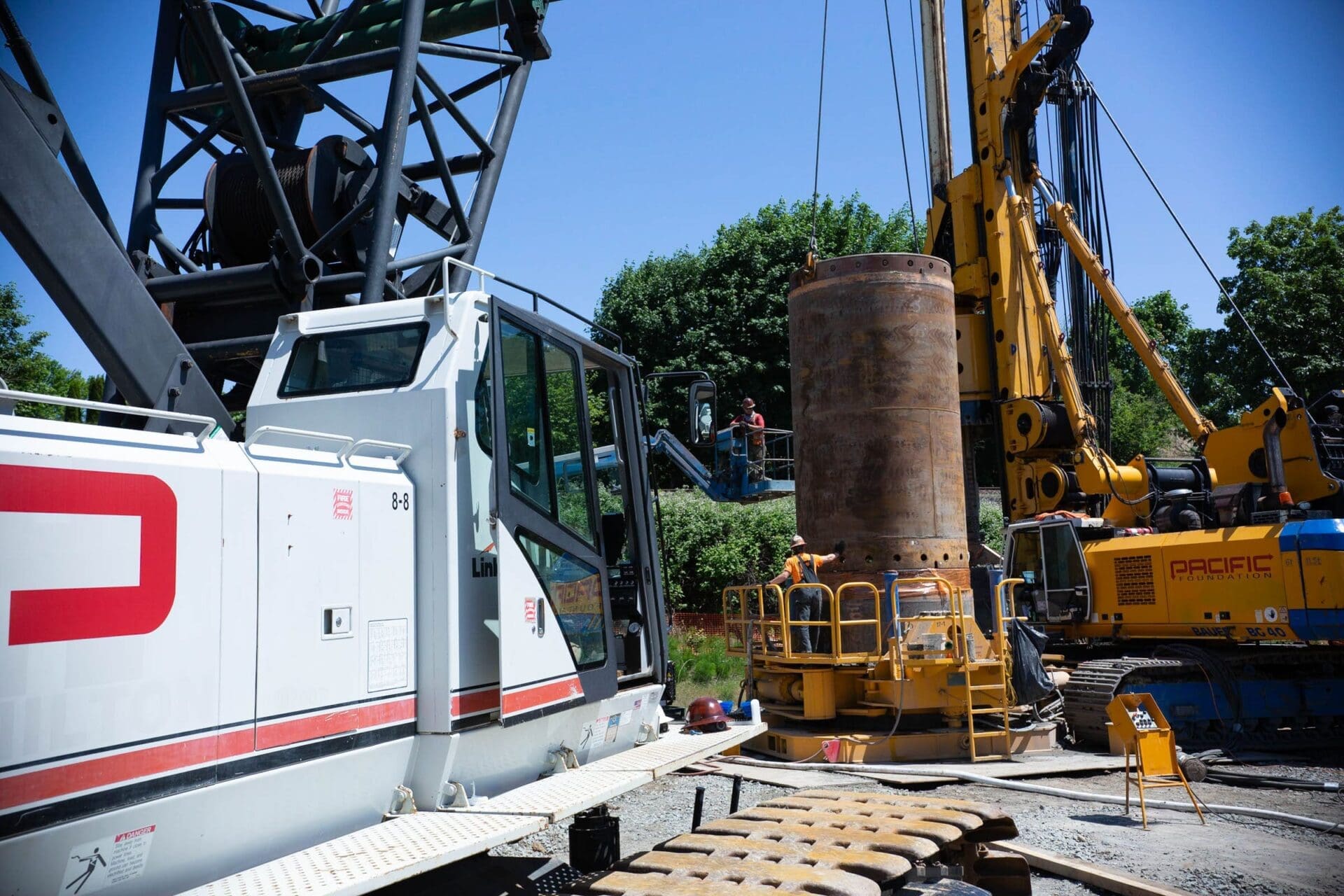
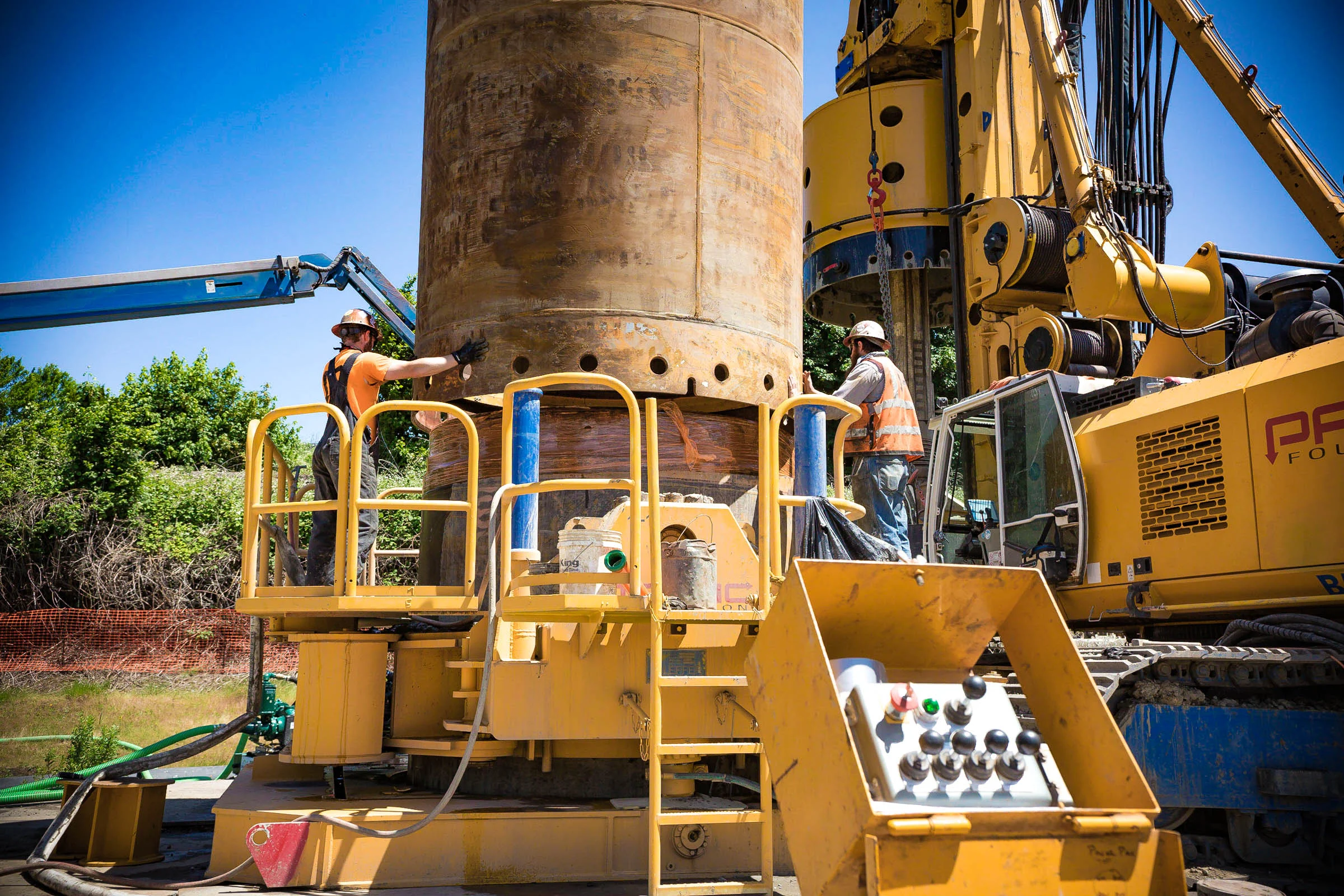
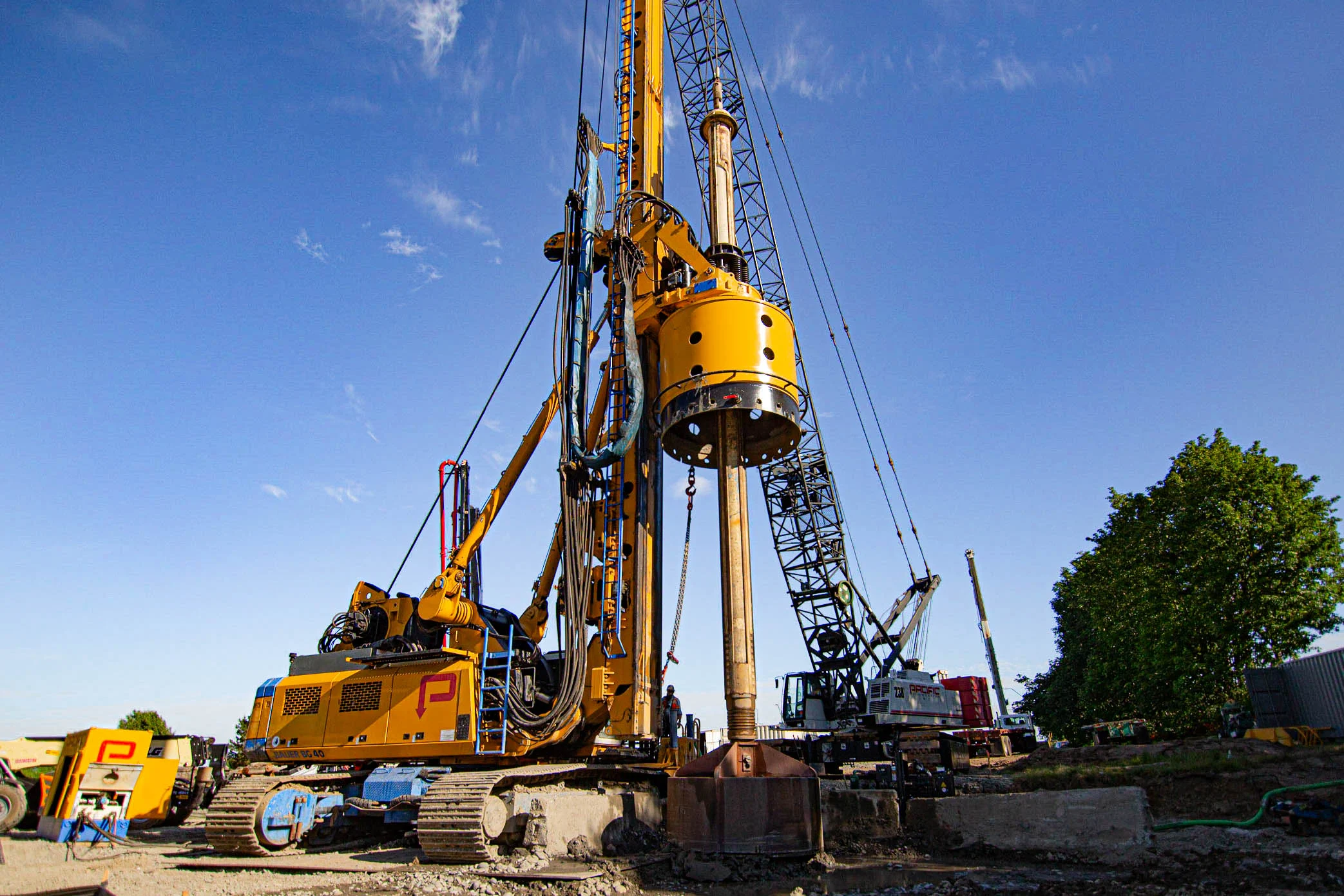
Unique Challenges
Large Diameter Drilled Shafts
The use of large diameter drilled shafts in overpass construction, such as in rail overpass applications, offers several key benefits. These shafts, also known as drilled piers or caissons, serve as deep foundation elements that provide critical support and stability to the overpass structure. The basic principle behind their use lies in their ability to transfer heavy loads from the superstructure to the underlying soil or rock strata.
Large diameter drilled shafts are designed to penetrate deep into the ground, typically reaching below the weaker surface soils to reach stronger and more stable layers. This ensures optimal load-bearing capacity and minimizes settlement or movement of the overpass. The diameter of these shafts is significantly larger compared to other foundation types, providing a greater surface area for load distribution and improving overall stability.
In rail overpass applications, where the loads imposed by trains and other rolling stock can be substantial, large diameter drilled shafts offer enhanced structural support. They are capable of withstanding high vertical and lateral forces, providing a robust foundation that ensures the overpass can safely carry the required loads and withstand dynamic forces from train operations.
Additionally, large diameter drilled shafts are well-suited for challenging soil or geological conditions, as they can be specifically designed to accommodate variable ground conditions, including soft soils, rock formations, or areas with high groundwater levels. This flexibility in design and construction makes them a reliable choice for rail overpass projects, contributing to the long-term durability and stability of the infrastructure.
Overall, the use of large diameter drilled shafts in rail overpass construction delivers improved load-bearing capacity, enhanced stability, and increased resistance to dynamic forces. These foundations provide a solid and reliable solution, ensuring the safety and longevity of rail overpass structures while accommodating the unique demands of the railway industry.
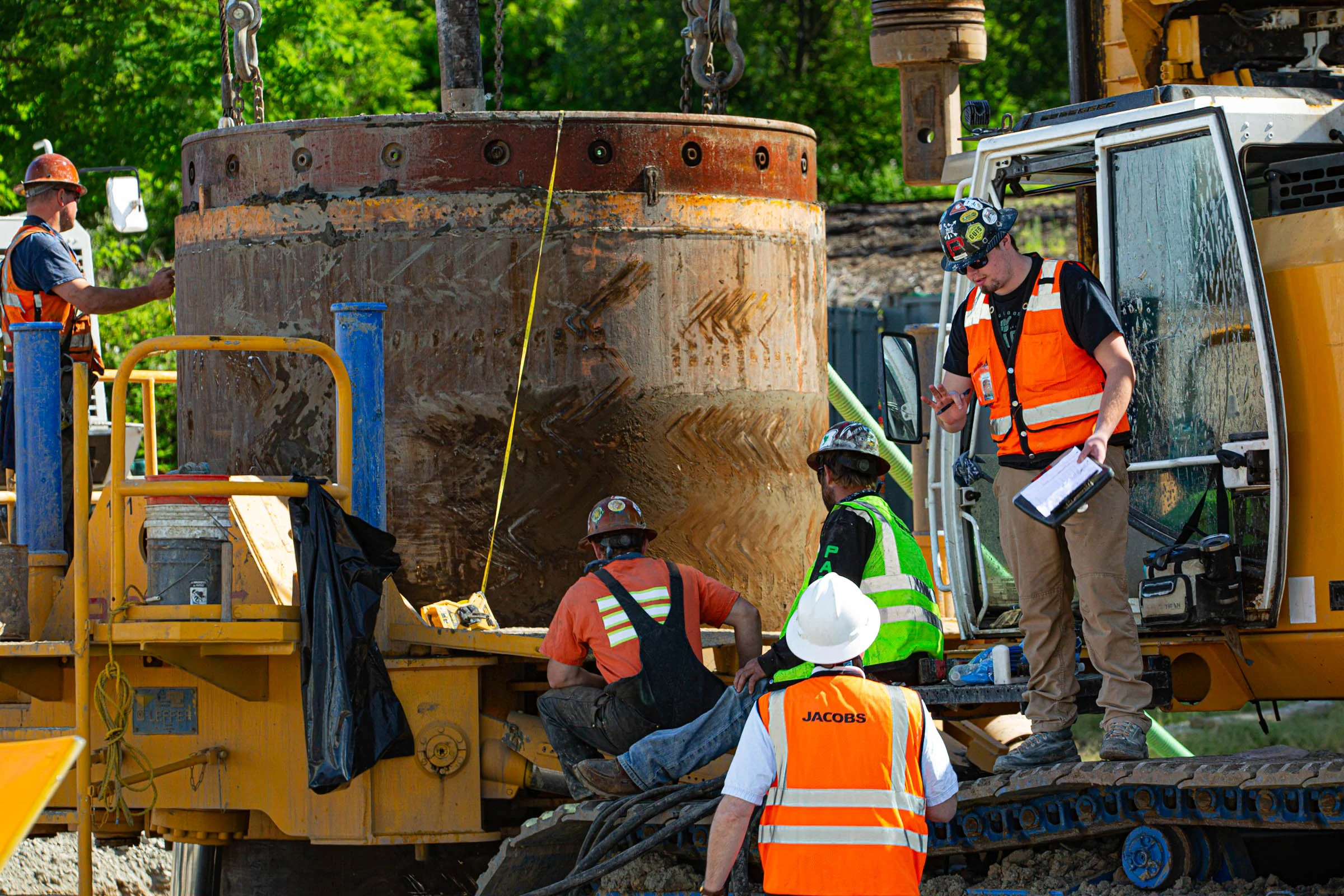
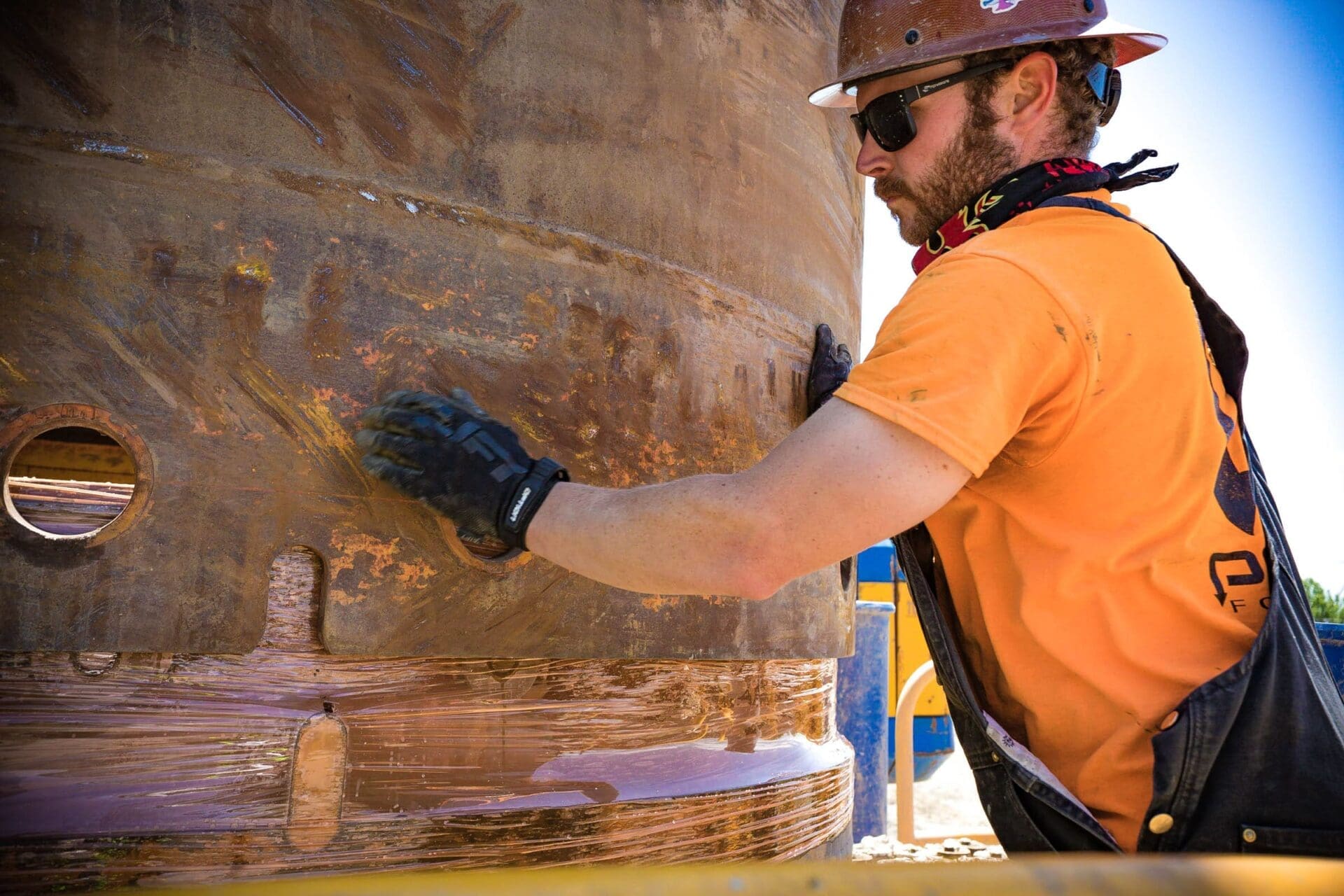


let’s get connected
Have a Question?
Lorem ipsum dolor sit amet, consectetur adipiscing elit. Maecenas sit amet sapien ante. Donec sollicitudin libero bibendum risus venenatis imperdiet.
